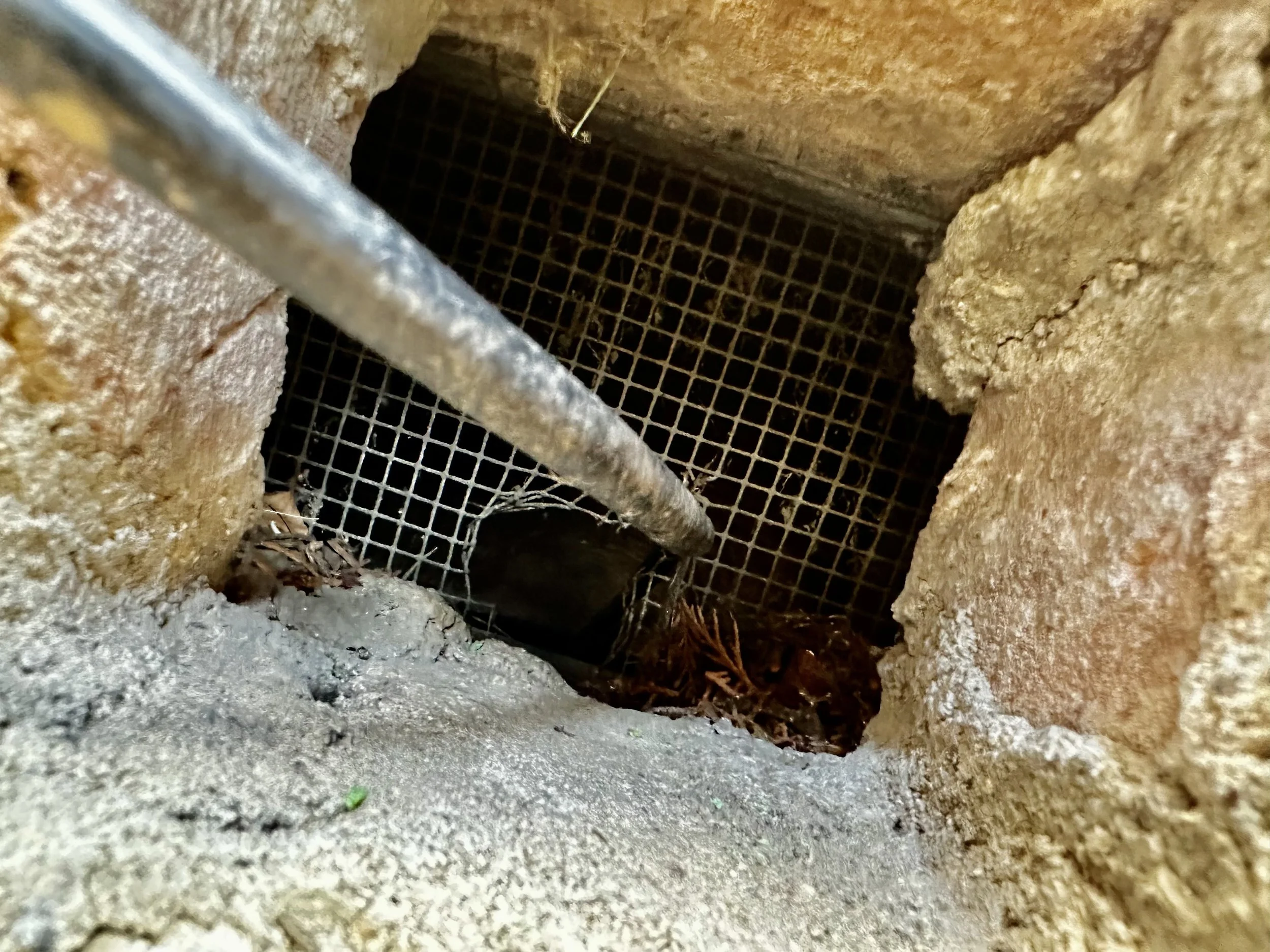Easy tricks to prevent rats from getting into your home
Written by Josh Stevenson, owner, dad, thinks he’s a better chef than he is.
If you read other posts on this site, you’ll find some more advanced techniques on inspecting and sealing the holes rats get into. This post is more of an overview and a few basic easy things you can do as a homeowner to help prevent them from getting in to begin with.
Check For Entry Points
Goes without saying, if there are ways for them to get in, rats often will get in. If you live in an area where rats are prevalent, it’s just a matter of time before they find their way in. The easy things to look for and seal are vents going under and above your house, garage door seals, exterior door seals and pipe penetrations.
Trim Bushes and Ivy
Bushes that touch the ground should be trimmed up at least a few inches. The more you can trim up the better. That doesn’t mean rats still won’t get into the bush and hang out or possibly nest there but trimming the bottom makes it much less likely. Rats like to stay in the shadows of the shadows so whatever you can do to expose them will help. Bushes that overhang the roof should also either be trimmed back 2-3 ft from the roof or down so the top is roughly 1 ft or more away from the roof line. Ivy is especially bad, looks great but it’s a haven for rats. They love living in these areas and especially love getting snails from there as a protein source. If you’re not too attached to the ivy, hack it out.
Trim Overhanging Trees
Trees that overhang the roof are like a ladder for the rats. Once they get on your roof you’d be surprised at how cunning they are at finding entry points. If you have a tile roof, this is especially true. Preventing rats from getting in your roof is super important but remember that roof rats are excellent climbers. If a squirrel can climb a particular wall, a roof rat can. Nevertheless, trim your trees and bushes.
Pick Up Fruit and Nuts
Rats will go on trees for the fruit and nuts but if it’s already on the ground why risk climbing a tree? Rats LOVE citrus so if you have orange or lemon tress be especially careful. Nut bearing trees are a bit harder to keep on top of but do your best because we see shells in crawlspaces and attics all the time.
Don’t Give Squirrels Peanuts
I remember when I first started doing inspections I would see peanut shells in crawlspaces and wonder how many people are eating shelled peanuts on a regular basis? It didn’t truly dawn on me until years later when I saw a bag of peanuts being sold at an ACE Hardware for squirrel food that I realized it was someone nearby whatever house I was inspecting that was feeding squirrels. I get it that squirrels are adorable but if you are giving them peanuts you might also be giving rats peanuts.
Use Better Mesh For Chicken Coops
I know this section is only for a small percentage of people but if you have a chicken coop or are thinking of installing one, use 1/4” hardware cloth. Rats love, love, love chicken coops. Virtually every house we service with chicken coops has a rodent issue. They go hand in hand.
Buy a Cat
Seems like a no brainer but cats really do deter rats. That’s not to say you CAN’T get rats with a cat, you definitely CAN. We have lots of customers with cats and rats. That mentioned, rats are afraid of the scent cats leave behind and tend to stay away. Dogs are good for this too but I don’t know if it’s the same amount of fear. See the next section about pet food if you have a cat or plan on getting one. Also, I would recommend making it an outdoor cat. It will naturally become a good hunter and may get the rat or rats before they even have a chance to get in.
PUT AWAY DOG/PET FOOD
This is one of the biggest issues we face. I think of dog food as being crack for rats. If you read literature on rats, it will say they seldom go to dog food or do if other sources are gone. In my experience they adore it. It makes sense too because it’s a great protein source. Most accounts we deal with that has ongoing issues inside the home or inside the garage ends up being dog food (most of the time) or some other bag of food they forgot about in a garage or pantry (often flour believe it or not). If you already have a rat problem, we recommend getting a metal garbage can for the food. If you use a plastic bin, make sure it’s rodent proof - be aware I have seen them chew through these before though!

